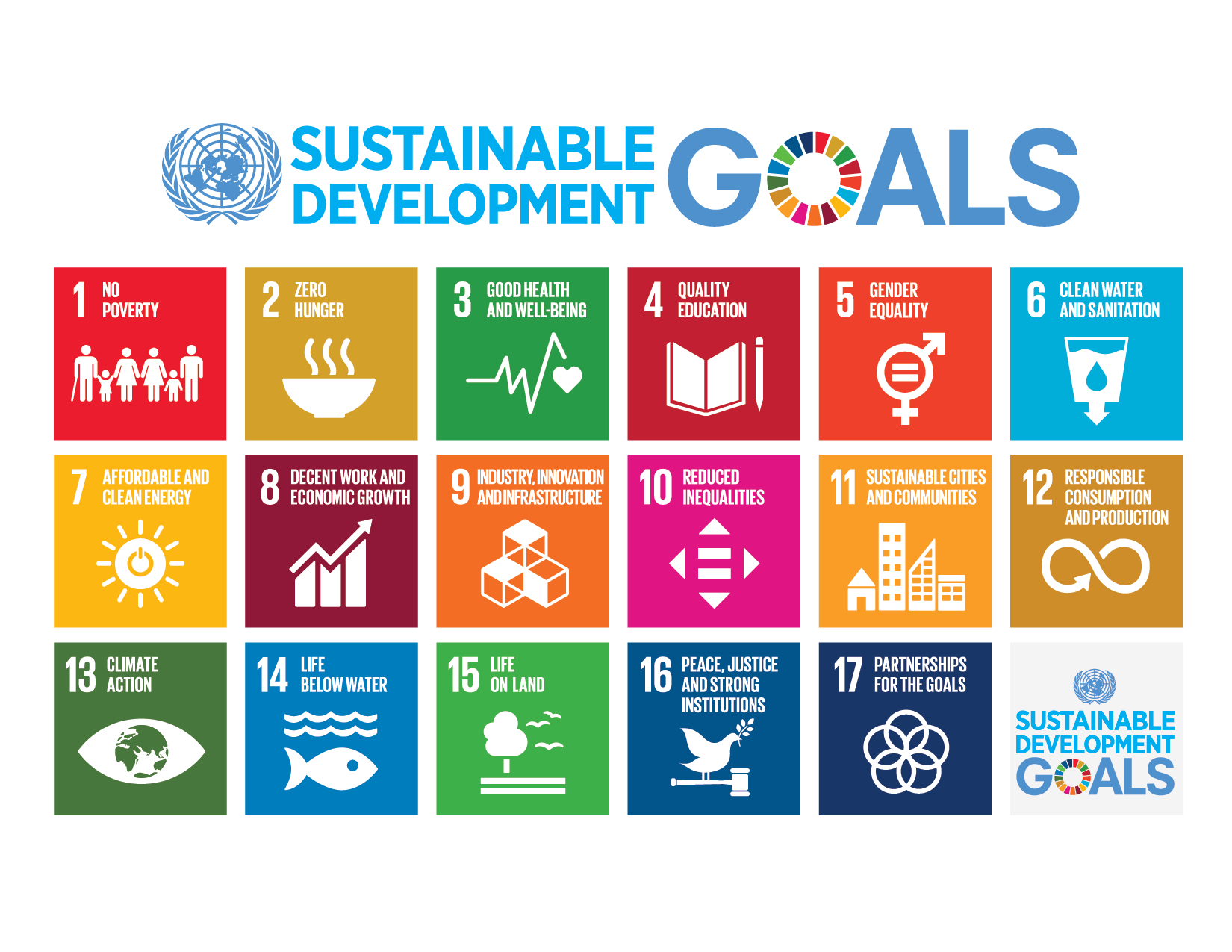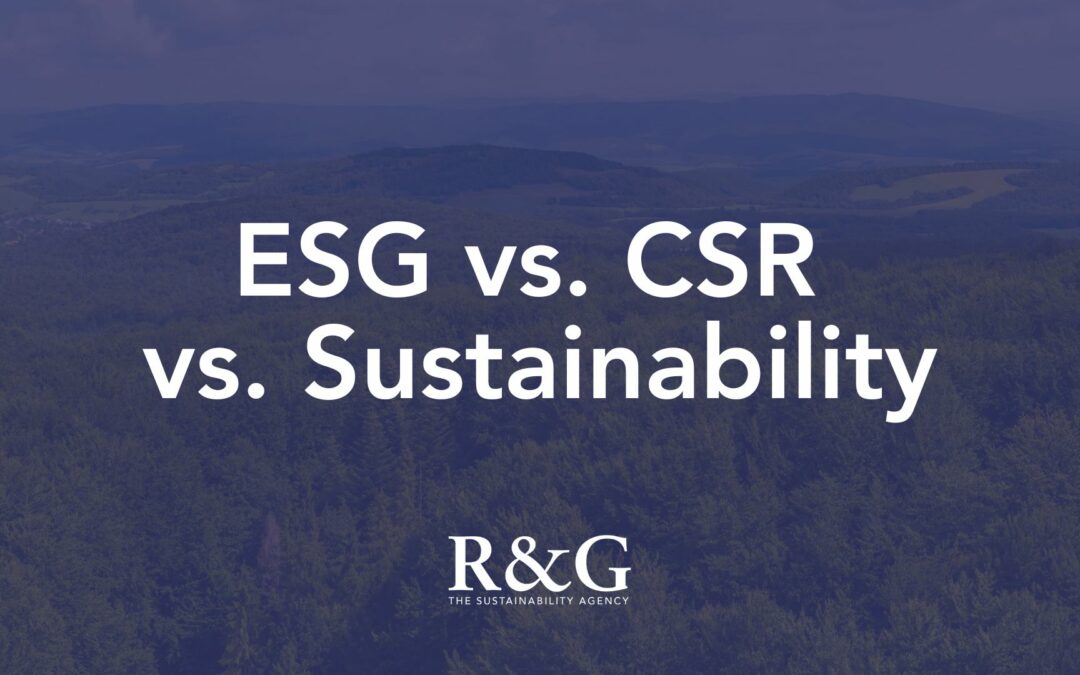Corporate Social Responsibility (CSR) has long been a hot topic for enterprise organizations and their investors – but it’s only recently that we’ve started to see companies of all sizes, even as small as micro organizations, start to get curious about CSR.
The reason why should come as no surprise.
CSR goes deeper than simply a consideration for your company’s social and environmental impact. When you’re doing it right, CSR provides value across the entire spectrum of your business activities.
A great CSR strategy doesn’t just positivity impact our environment and society at large — it’s a means to:
-
More deeply engage and galvanize your team
-
Attract talent
-
Reduce turnover
-
Fortify your reputation
-
Build customer trust
-
And yes – even boost your bottom line
This all might sound too good to be true, but we can assure you, it’s real.
Socially responsible businesses who adjust their business strategies to create greater positive impact on the environment and their communities are demonstrating they care about more than just their balance sheet. And when customers are presented a choice between buying from or interacting with a company they perceive to be only about profit, or engaging with a good corporate citizen, guess which one they’ll choose?
If you’re a small to medium-size business not currently doing CSR, any one of the benefits we listed above should make you want to start. But how and where to get started with a new CSR strategy can be daunting when already dealing with the day to day of general operations. And there’s another catch – once you begin implementing your CSR plans, you’ll also want to think about how you promote your efforts in order to see the biggest return.
So what’s the best way to start and follow through with a successful CSR program?
Read on for three key steps to establishing your strategy, implementing your plan and reporting your outcomes.
Step 1 – Identify What Matters
A great CSR strategy sits at the centre of the Venn Diagram between what matters to your organization’s community at large, and the environmental and social issues that factor into your success as a business.
The key environmental and social issues that underpin your success as a business should be obvious – but if you’re stumped, consider what drives your operations and explore from there.
A bakery, for instance, relies on water and the physical health of its employees to carry heavy items, knead dough etc., which could result in a focus on two very important environmental and societal issues: water use and physical fitness.
Or consider us here at R&G! We rely heavily on electronic connectivity to conduct our business activities, so offsetting our carbon emissions through environmental stewardship is one of our priorities. Our team often work overtime to meet deadlines, so work/life balance is a key issue, making mental health and general wellness a vital pillar of our CSR framework.
If you’re at a loss, it might be a good time to revisit (or newly familiarize!) yourself with the UN’s Sustainable Development Goals (“the Global Goals” or “the SDGs”). These can help you pinpoint key global sustainability issues aligned to your business arenas.

Once you’ve identified potential priority areas, vet them with your community at large.
Remember that your “community at large” means more than just your C Suite. It’s all the people who work for you, AND the people impacted by your business activities, whether they’re your customer, your neighbour and even other businesses vital to your supply chain.
The biggest mistake we see small to medium-sized businesses make is allowing their management team to dictate a CSR framework or approach from the top down, missing an opportunity to engage all stakeholders in the organization from the bottom up.
A CSR strategy handed down from management without widespread team engagement is the one most likely to be met with cynicism from your team. Taking their temperature on what issues are important to them is key to your CSR success. When you understand what societal, environmental or governance arenas your employees advocate for, you’ll drive buy-in and engagement in your CSR activities. You’ll also establish an authentic two-way dialogue that promotes shared ownership in the outcomes and makes your CSR program a point of pride.
So how do you find out what’s important to your employees and the people who make up your wider business ecosystem? You ask them!
Whether you leverage digital tools, assemble focus groups or schedule one-on-one reviews, there is no “wrong” way to engage your community on what matters most.
Once you’ve analyzed the environmental, social and governance issues vital to your success and socialized them with you community, you should have pinpointed key opportunities for your CSR program and activities.
Step 2 – Invest and Measure
Now that you’ve outlined some key issues and areas of opportunity, it’s time to initiate CSR programming – and this is where creative thinking can play a role.
The bakery identifying “water use” as a key issue might sponsor a non-profit dedicated to preserving water quality or local watersheds.
At R&G, we draw a direct link between exercise and better mental health, so we initiated an optional 7-minute daily workout in our office space, and are in the process of establishing an exercise-related allowance for each of our employees to spend yearly on the health and wellness investment of their choice.
Here are a few more excellent examples from some brands you may or may not recognize:

(Photo: Casper)
CASPER
Casper, the millennial mattress company which rose to fame for being among the first to digitally disrupt the sleep industry, invests in employee health – with, you may have guessed it, a focus on a good night’s sleep! – by paying their employees to go to the gym, and by giving them bonuses for tracking their sleep habits. They reimburse employees $20 per fitness class visit, and pay $2 per night of sleep tracked via an app.

(Photo: IKEA)
IKEA
Mention the word “IKEA” and your first thought might be that lamp you’ve had your eye on – but it’s increasingly obvious that you might want to think “sustainable” instead. The company’s CSR plan outlines its intent not just to cut its carbon footprint, but to become “carbon positive,” removing more CO2 emissions than the IKEA value chain creates. To that end, the company is transitioning to zero-emissions delivery in New York, Los Angeles, Amsterdam, Paris, and Shanghai by 2020, and did you know the largest solar roof on the east coast of Canada sits on top of one of IKEA’s most sustainable stores in Halifax, Nova Scotia?

(Photo: Lush)
LUSH
Lush made headlines in 2018 when it launched a regenerative farming program in Guatemala to help support the regrowth of native crops like vanilla and avocado, which it uses in its products. By directly funding farmers to reintroduce those crops into the ecosystem, Lush wants to contribute to reversing the damage of decades of forest clearing for palm oil plantations.
A meaningful CSR tactic doesn’t have to be as sweeping as a new HR policy or a big charity investment – it can be as subtle as a single change in procurement. Making the switch to a more sustainable option in your supply chain can have a huge impact, from reducing waste to lessening negative effects on the environment.
And keep in mind, an investment doesn’t always have to be monetary – it can be resource-based. If your community has singled out environmental or social arenas requiring helping hands, establishing a volunteer day tied to one of those arenas isn’t just a fantastic way to do something meaningful, it’s also a great team-building exercise.
No matter your program, remember the most important aspect: measurement.
Without metrics, it’s impossible to communicate your impact, whether it’s the number of trees planted, dollars spent on charitable causes, or lives bettered. You’ll want to identify the key metrics that help your employees, customers and your community understand what all this was for.

Step 3 – Communicate
So you’ve engaged your broader business community, identified material issues, and you’ve implemented some CSR policies and programs. What’s next?
You don’t want to let your CSR efforts go unnoticed. It’s time to report your successful outcomes.
Organizations who excel at CSR are able to help their customers – and their community at large – understand not only where they stand, but also exactly what kind of impact their CSR investment has had.
The best CSR communications plan consider and engage both customers and your wider community. For example, an internal newsletter is obviously a great location for those photos of your team’s volunteer day – but why not share the highlights on your social channels, or even with the local press? Better yet, why not invite your customers to take part next time?
But a warning – don’t greenwash.
What is greenwashing?
Thoughtful, authentic CSR programs tied to an organization’s brand, purpose and business activities build trust, but disingenuous ones do the complete opposite.
Companies who greenwash are simply “spinning” their reporting and communications in order to seem more green than they really are. These companies want to make you believe they’re good corporate citizens, even if they’re not actually engaging in social and environmental improvement.
These are efforts most likely to be met with criticism and mistrust, rather than enthusiasm.
Think about it – if a fossil fuel company were to tout a small investment in clean tech, but still derived almost all of its profits from drilling for and burning oil, would you take that company seriously?
Greenwashing can be as simple as adding a leaf to your logo without doing much else, or as nefarious as engaging in selective environmental initiatives solely to distract from the negative impact of your business activities on the planet.
So how do you tell if your CSR efforts are genuine or just greenwashed?
Trust the process and don’t skip any steps. Remember to identify any environmental or social risks posed by your business activities, so you’re able to mitigate, neutralize or even positively offset any negative impact your business might have through your CSR investment.
So should you plan and implement a CSR strategy?
We think so! But don’t take our word for it. Pay attention to these statistics:
-
According to a global study by Neilson, 3 out of 4 millennials — the generation with the most spending power — would pay extra for sustainable offerings
-
S&P 500 companies that build sustainability into their core strategies are outperforming those that fail to show leadership
-
87% would purchase a product or service because a company supported an issue or cause they’re passionate about
-
Someone’s willingness to buy, recommend, work for, and invest in a company is driven 60% by their perceptions of the company—or its reputation, and only 40% by their perceptions of the products or services that company sells
Need help with your CSR strategy? Contact an R&G Strategist to get started today, and create shared value for your business, your people, the environment and our planet!
Want to learn more about ESG Storytelling and Report Design? Read our new piece 10 Tips for Effective ESG Storytelling and Report Design.



